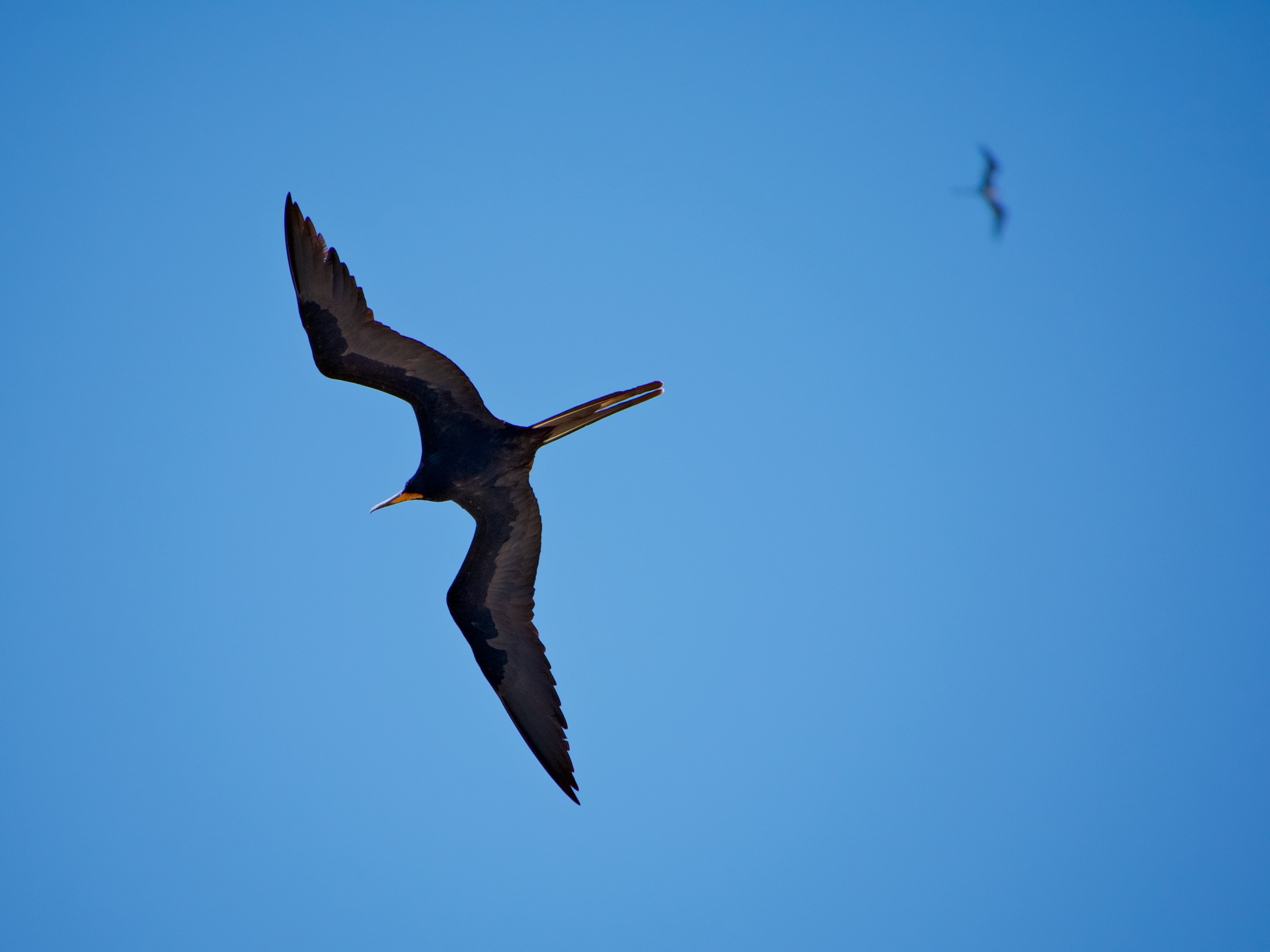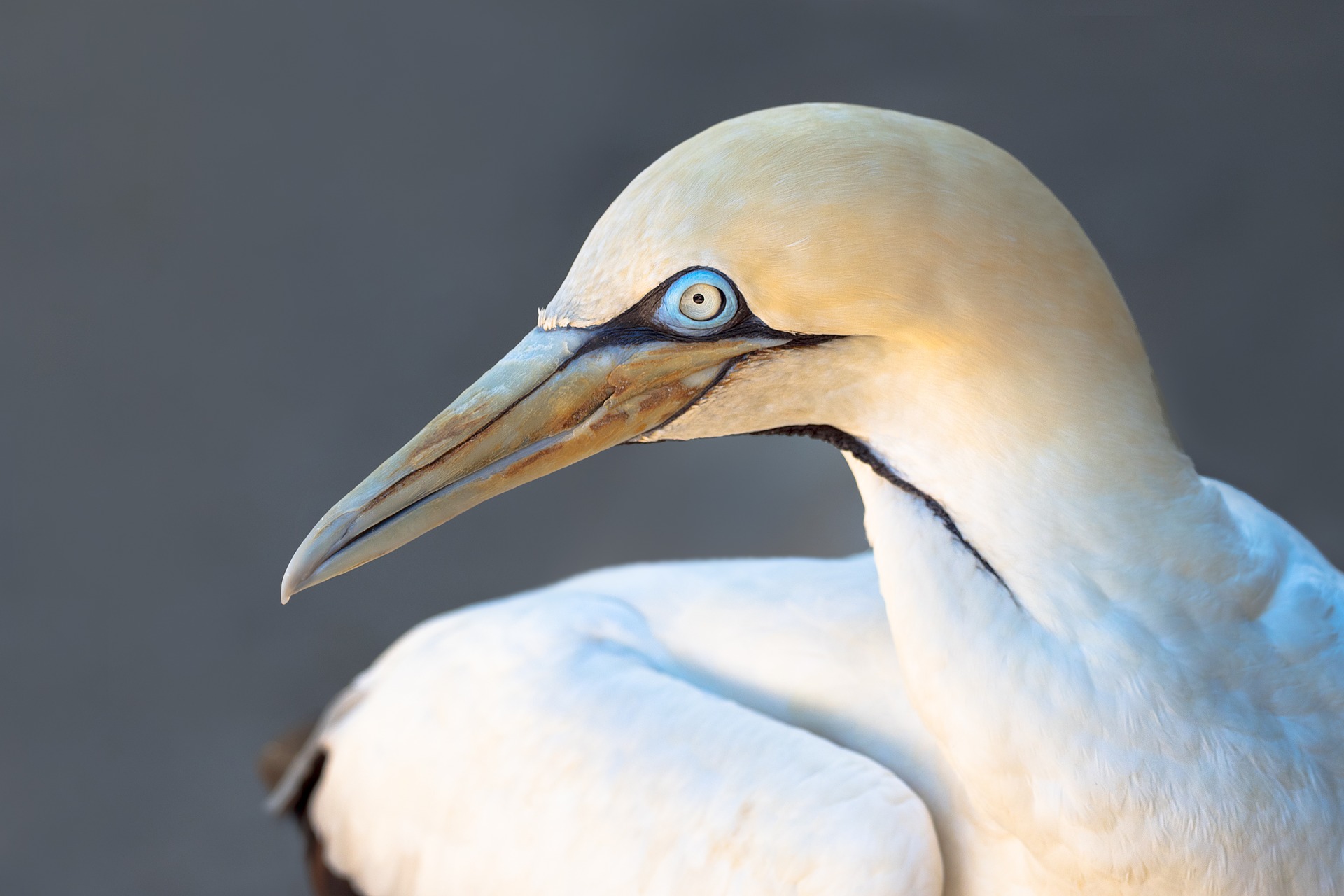Lead: Tammy Davies, BirdLife International

Background
Seabirds are a diverse group specially adapted to live and prosper in the marine environment. As a group, they are not only widely distributed but members of some species travel the length and breadth of the oceans throughout the year, from pole to pole and orient to occident. Many species of seabird only return to land to nest and breed, while others occupy coastlines and habitats near the shore for most of their lives. Seabirds tend to grow more slowly, mature later in life, live longer than land birds, and typically raise only one or two chicks per year. These adaptations indicate that they thrive best in a stable environment in which sudden unpredictable changes are unlikely. As a consequence, most seabird species are slow to recover from atypical perturbations that significantly reduce their number.
Significant declines in the population of some seabird species have been observed and have been attributed to human activities such as direct harvesting of eggs or adults, commercial fishing (where seabirds are caught unintentionally or their foodsource is depleted), and disturbance of nesting sites either directly or by introduced species that prey on birds or destroy their habitat (e.g., cats, rats, foxes and goats). Efforts to minimise such impacts and reduce this trend in seabird populations are being implemented, with some success. In addition, the movement and habits of birds while out at sea are also being recorded, thanks to improvements in technology that allow seabirds to be tracked using bird-borne tracking devices. This has meant that the precise position of certain individual seabirds can be studied over time, prompting a revolution in the understanding of seabird ecology and migration.

Seabird tracking data points 
Marine IBAs based on tracking data
Areas of the ocean can now be classified based on the habits of the seabirds that frequent them (e.g., foraging or resting areas). By adding further layers of information, such as environmental variables at the ocean’s surface, correlations can be identified that inform why and when certain areas are more important to birds than others, as well as areas where seabirds are at greatest risk of interacting with detrimental human activities. This work has done exactly that, using the seabird distribution data identified during the EBSA regional workshops held in the Indian Ocean. Integrating available environmental data layers with seabird tracking data has allowed the development of a model that can predict the distribution and abundance of seabirds under real and simulated scenarios, including those predicted by climate change. Understanding how different areas of the ocean are interconnected and whether connections are maintained under different scenarios can inform the location of Important Bird and Biodiversity Areas (IBAs), which can in turn feed into the EBSA process and the design of a network of marine protected areas resilient to change. Lessons learnt are applicable to other parts of the world, and pertinent policy briefs are being developed to safeguard the principles of seabird protection and preservation.
Objectives
- To develop methodology to integrate seabird distribution data within EBSA descriptions.
- To promote the use of seabird data to support the management options of national and international authorities.
Approach
This work has been completed through the following actions:
- Compilation and rationalisation of seabird data records submitted to the Seabird Tracking Database, a global repository for seabird distribution data.
- Development of methodologies for the assessment and analysis of acquired seabird data. Perform new analyses to identify IBAs and promote them as standardised inputs to relevant regional marine conservation initiatives.
- Development of models of seabird distribution and abundance in the Indian Ocean to assess their response to climate change.
- Analysis of the impacts of a range of potential pressures and threats to IBAs and EBSAs supported by seabird data, followed by a review of management options to mitigate threats to seabirds at the global level.
- Creation and dissemination of story maps for existing EBSAs in the Indian Ocean that have been described based primarily on seabird data.
Results to date
The Seabird Tracking Database continues to grow as new data records are submitted. As of August 2020, it holds almost 30,000 tracks from 130 seabird species, comprising over 13 million data points. The data have been shared by over 200 contributors from 30 countries, making it one of the largest marine conservation collaborations in the world. The accompanying Marine IBA e-atlas presents the locations of marine IBAs and other bird hotspots, together with their associated species information.
Work in the Indian Ocean, including two workshops (one on methods and one on advocacy), has formed an important basis for decision-making in the region. Marine IBAs are being used in various marine spatial planning processes in the region, and are also under consideration by the West Indian Ocean Marine Science Association (WIOMSA), with the intention that IBAs will feature as an important information layer in efforts to ascribe Critical Habitats by national governments of the region. Tracking data have also been used to model seabird distribution in the southern Indian Ocean under a climate change scenario, to inform ongoing conservation actions.
In parallel to the work that focuses on the Indian Ocean, support has been given to other initiatives further afield. Seabird data contributed to the discussion and decisions made during the most recent EBSA regional workshops, including the Black and Caspian Seas, the Baltic Sea, and the northeast Atlantic Ocean, as well as to the negotiations during the Conventions on Biological Diversity (CBD) and on Migratory Species and Wild Animals (CMS) Conference of the Parties. In addition, seabird data are at the core of a proposal to OSPAR to create a Marine Protected Area in the North Atlantic Ocean – the putative North Atlantic Current and Evlanov Seamount MPA (NACES MPA). The OSPAR Ministerial Meeting held in October 2021 designated the NACES MPA, representing a huge success to the campaign.
A global assessment of threats to seabird species has been completed, with the results now being integrated with the EBSA portfolio. Results of the assessment are informing dialogues and negotiations on the goals and targets of the CBD on the development of the post-2020 global biodiversity framework.
Publications that have emerged from this work include:
- Multispecies tracking reveals a major seabird hotspot in the North Atlantic, by T E Davies and colleagues, in Conservation Letters 2021 (download)
- Tracking data and the conservation of the high seas: opportunities and challenges, by T E Davies and colleagues, in Journal of Applied Ecology 2021 (download)
- Spatial Scales of Marine Conservation Management for Breeding Seabirds, by S Oppel and colleagues, in Marine Policy 2018, Vol. 98 (download)
- Important Bird and Biodiversity Areas (IBAs): The Development and Characteristics of a Global Inventory of Key sites for Biodiversity, by P F Donald and colleagues, in Bird Conservation International 2019, Vol. 29 Issue 2 (download)
- Important Bird and Biodiversity Areas (IBAs): Their Impact on Conservation Policy, Advocacy and Action, by Z Waliczky and colleagues, in Bird Conservation International 2019, Vol. 29 Issue 2 (download)
- Threats to Seabirds: A Global Assessment, by M P Dias and colleagues, in Biological Conservation 2019, Vol. 237 (download)
- Projected Migrations of Southern Indian Ocean Albatrosses as a Response to Climate Change, by M Somerville and colleagues, in Ecography 2020, Vol. 43 (download)
- A framework for mapping the distribution of seabirds by integrating tracking, demography and phenology, by A P B Carneiro and colleagues, in Journal of Applied Ecology 2020, Vol. 57 (download)
- Marine Important Bird and Biodiversity Areas for Penguins in Antarctica, Targets for Conservation Action, by J Handley and colleagues, in Frontiers in Marine Science 2021, Vol. 7 (download)
Application
The concept of IBAs, themselves based on sound science and internationally agreed criteria, together with their development and promotion as a standardised input to the EBSA process is at the core of GOBI’s remit to support the uptake and application of EBSAs. This work has lead the way in the consolidation of information relevant to the preservation of seabirds in the Indian Ocean, and set the course for similar analysis and advocacy work conducted in other regions as suitable datasets become available. The forward-looking elements of the work package provide the best possible chance for the creation of an effective and ‘future-proof’ conservation actions for seabirds in the Indian Ocean.







